ID: KP7-9YDG
ID: KP7-9YDG
White Thorn
Acacia polyacantha
Photo
Malawi
06:02 - 17°C
My connections
Il progetto di cui faccio parte
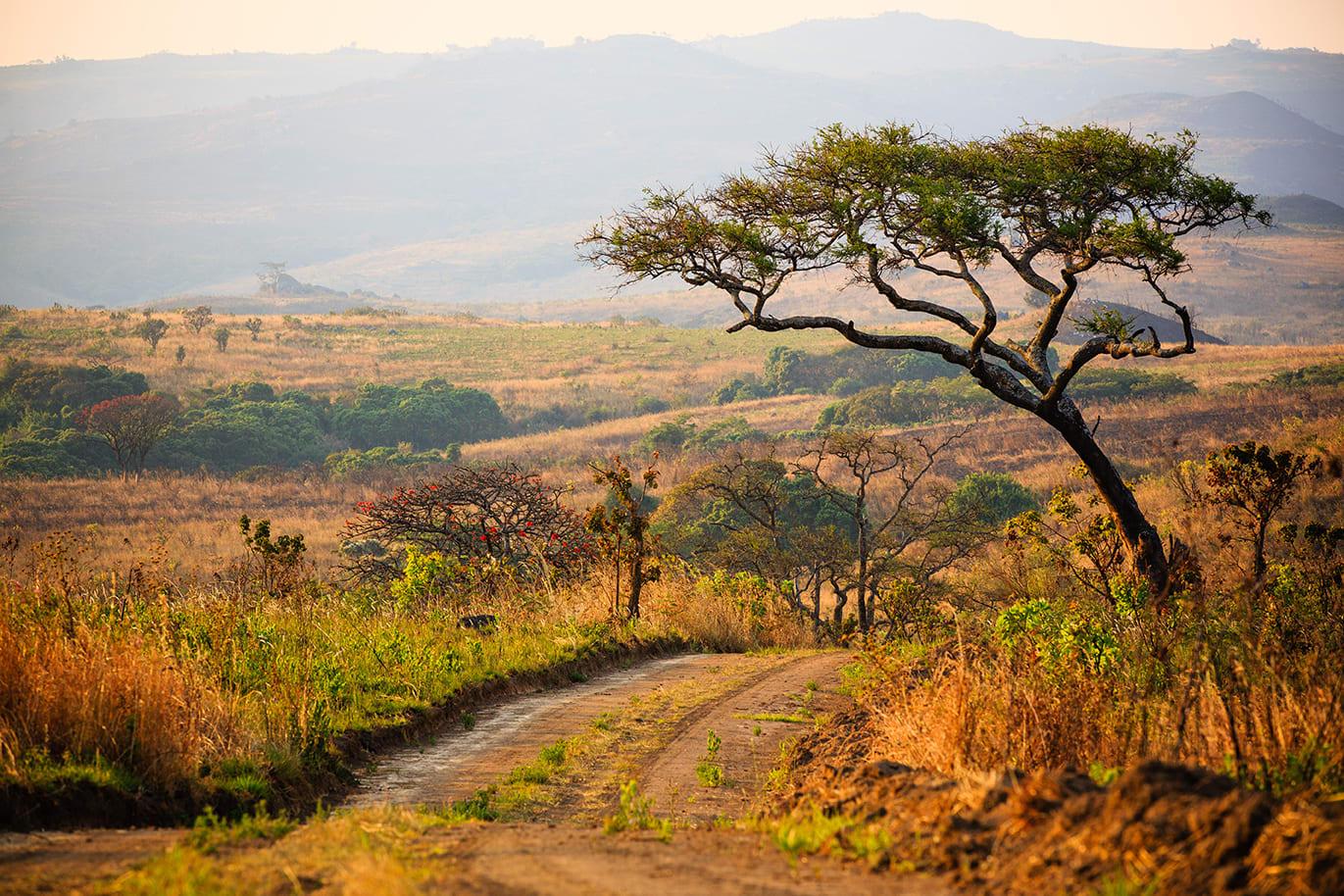
Malawi
823
Farmer coinvolti
48,570
Alberi piantati
Malawi is a country located in East-Africa; one fifth of its surface is covered by lake Malawi, the third largest lake in Africa. This lake lies on one of the greatest formations of the Rift Valley, a tectonic rift crossing the country from north to south. In Malawi there are many animal species. In particular, the largest natural park in the country, Liwonde National Park, is home to elephants, antelopes and hippopotamuses. Since 2012, Treedom has been operating in this area with a project aimed at indirectly increasing agricultural productivity in the area: in fact, trees are being planted to create protective barriers around cultivated areas, to fend off animals and avoid harvest losses.
My ID card
Who am I?
Tree
White Thorn
Date of birth
12/19/2024
Name
White Thorn

/35.0789783,-14.23564746,0/500x333@2x?access_token=pk.eyJ1IjoidG9tbWFzb3NwZXJvbmkiLCJhIjoiY2tnOTE3eW12MDJqazMybXNzOWV1YjloOSJ9.wtGsuDU7XIKjcv2cq8CiXw&logo=false&attribution=false)
Where am I located?
Country
Malawi
Place of birth
Mangochi
Coordinates
14° 14′ 8.33″ S | 35° 4′ 44.32″ E
My Timeline
The important moments in your tree's life.
Seed
It all starts with a tiny seed, nice and warm in the soil.
Nursery
Your seedling is big enough to be welcomed into one of our nurseries, along with many others.
Planted
We’re here! Your tree has reached its new home: it’s been planted by a smallholder, who’ll take care of it for years to come.
Photo
Strike a pose! Now that it’s big enough, here’s a photo of your tree!
My Gallery
Nursery
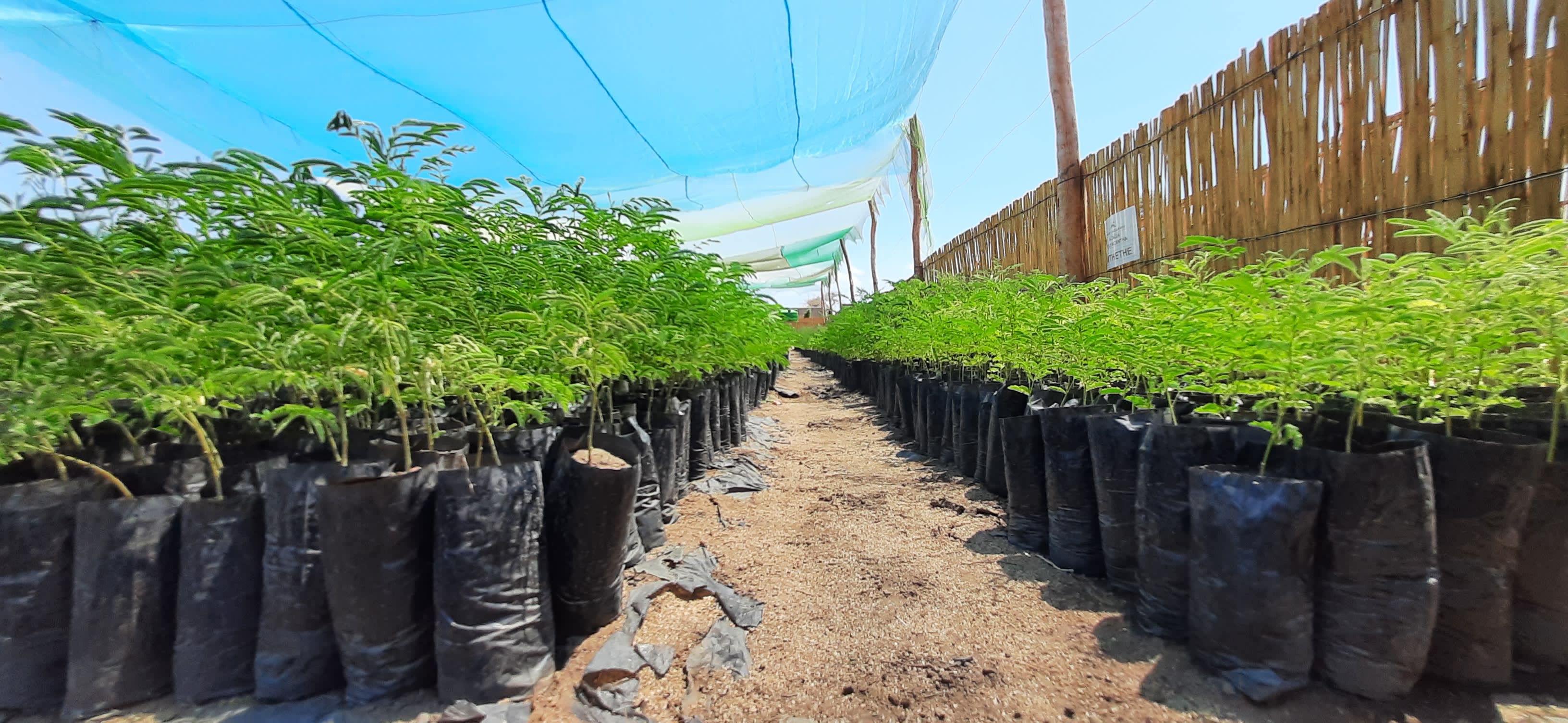
Planted
/35.0789783,-14.23564746,0/500x333@2x?access_token=pk.eyJ1IjoidG9tbWFzb3NwZXJvbmkiLCJhIjoiY2tnOTE3eW12MDJqazMybXNzOWV1YjloOSJ9.wtGsuDU7XIKjcv2cq8CiXw&logo=false&attribution=false)
35° 4′ 44.32″ E
Photo
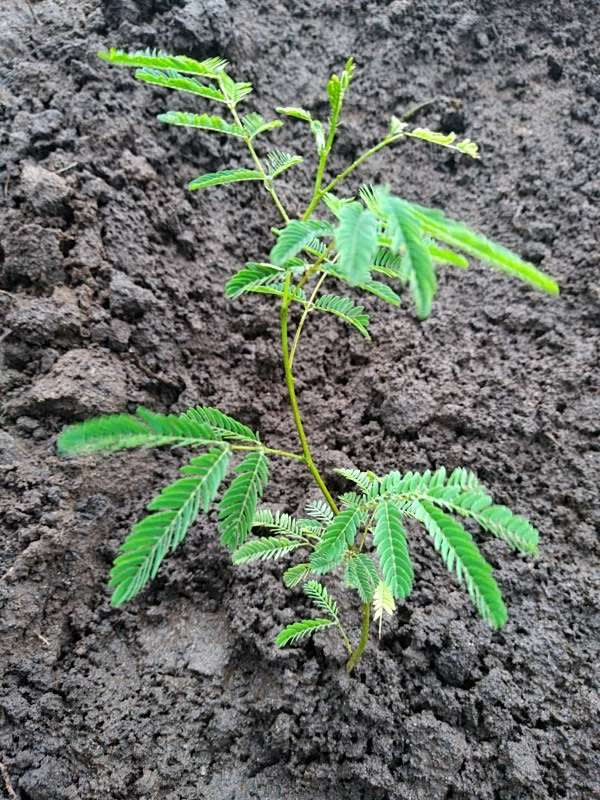
Curiosity about me
The important moments in your tree's life.
Let's start with introductions
Also known as the African white thorn, this tree is one of the most beautiful in all of Africa. It can reach up to 25 meters in height and belongs to the Fabaceae family. Its white flowers are similar to the mimosa. The tree is used as an insect repellant, for medicinal purposes, and for its shade.
Meaning
Healing
Acacia polyacantha’s cortex is used in many different ways as a medicine. For example, an extract is made out of it that has a healing effect on snake bites and other wounds.

How much CO2 I’ll absorb
My estimated CO2 absorption capacity is based on the first 10 years of my life*
Current absorption
- 0 kg
2024
0 kg
2034
-250 kg
* The tree will continue to absorb CO2 even after the tenth year. Therefore this is a prudent estimate.
How I am useful to local communities
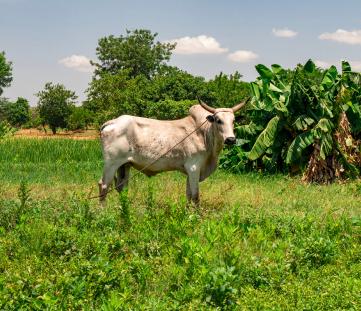
Livestock
Its leaves, either fresh or dried-out, are used as food for livestock.
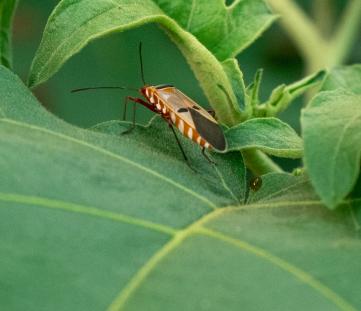
Natural pesticide
Its leaves and/or its fruits contain useful substances that can be used against plant diseases or as natural pesticides.
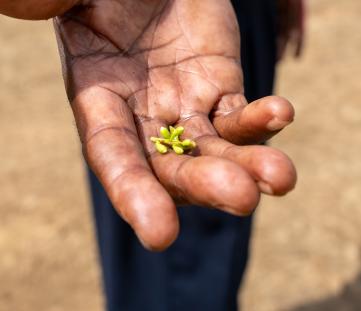
Medicine
Its leaves, roots, bark and/or fruits are used in traditional medicine.
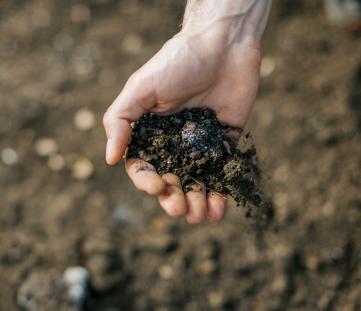
Soil
It improves the quality of the soil thanks to the nitrogen fixation process or it reduces soil erosion, thanks to its extended root system.
My benefits
20%
Food Security
The trees will bear fruits, some that will be edible immediately and others that can become edible through processing, ensuring food resources over time.
20%
Economic development
The trees' fruits and the products derived from their transformation can be traded in local networks, offering income opportunities.
40%
CO₂ Absorption
During its life cycle, each tree will absorb CO₂. The trees you plant can offset your emissions.
60%
Environmental protection
The trees are planted in agroforestry systems that favor the virtuous interaction between the different species and their positive impact on the environment and on the land.